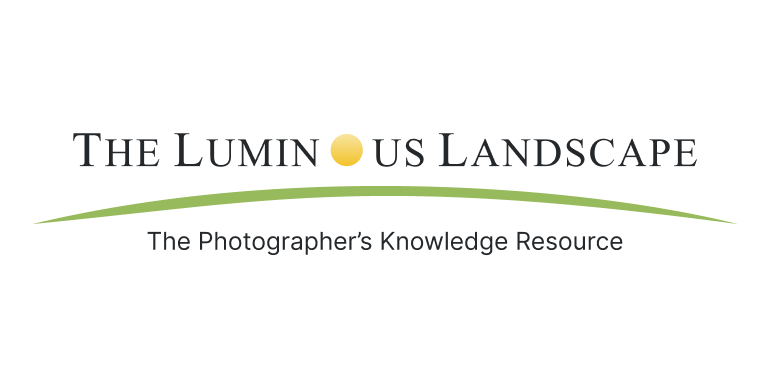As mentioned in threads in the 'Oxford Trip' I've put some images up showing some earlier IR experiments that I did using 2 filters. Which 2 I'm no longer sure - one was most probably a Hoya R72.
One filter created a 'red' image. the other a 'purple' image. The red image converted to a more pleasing result with less 'keyboard clicks' than the purple one.
I used these two filters on a holiday to Crete in 2006. They were used on a tripod (essential) with a Canon 20D with a Canon 28-135mm lens. This meant that I had to purchase a Lee Filter Holder Foundation Kit + 72mm ring. (not cheap). In my early tries I found that light leaked in round the filter edges so that I had to put Velcros strips both on the filter holder and on the filter edges to make it 'light tight'.
As mentioned earlier the images always are a red/purple colour. They are then converted in Camera Raw by sliding the Saturation slider to -100.
Further adjustments can be made in Camera Raw or in Photoshop - see notes with each image
Image 0582 uses filter 1 - this is how it opens in camera raw
Image 581B has been adjusted in Camera Raw - Saturation to -100 (removes colour), exposure +1.0, Blacks +55
Image 1868 A using Filter No 2
Image 1868 B saturation to -100 giving a much more pleasing result with less manipulation
Image 1875 C Filter 1 used, followed by -100 Saturation, followed by Auto Levels in Image - Adjustments - in Photoshop
Hopefully this has given some idea of the results & effects using filters.
Mike
One filter created a 'red' image. the other a 'purple' image. The red image converted to a more pleasing result with less 'keyboard clicks' than the purple one.
I used these two filters on a holiday to Crete in 2006. They were used on a tripod (essential) with a Canon 20D with a Canon 28-135mm lens. This meant that I had to purchase a Lee Filter Holder Foundation Kit + 72mm ring. (not cheap). In my early tries I found that light leaked in round the filter edges so that I had to put Velcros strips both on the filter holder and on the filter edges to make it 'light tight'.
As mentioned earlier the images always are a red/purple colour. They are then converted in Camera Raw by sliding the Saturation slider to -100.
Further adjustments can be made in Camera Raw or in Photoshop - see notes with each image
Image 0582 uses filter 1 - this is how it opens in camera raw
Image 581B has been adjusted in Camera Raw - Saturation to -100 (removes colour), exposure +1.0, Blacks +55
Image 1868 A using Filter No 2
Image 1868 B saturation to -100 giving a much more pleasing result with less manipulation
Image 1875 C Filter 1 used, followed by -100 Saturation, followed by Auto Levels in Image - Adjustments - in Photoshop
Hopefully this has given some idea of the results & effects using filters.
Mike


Comment